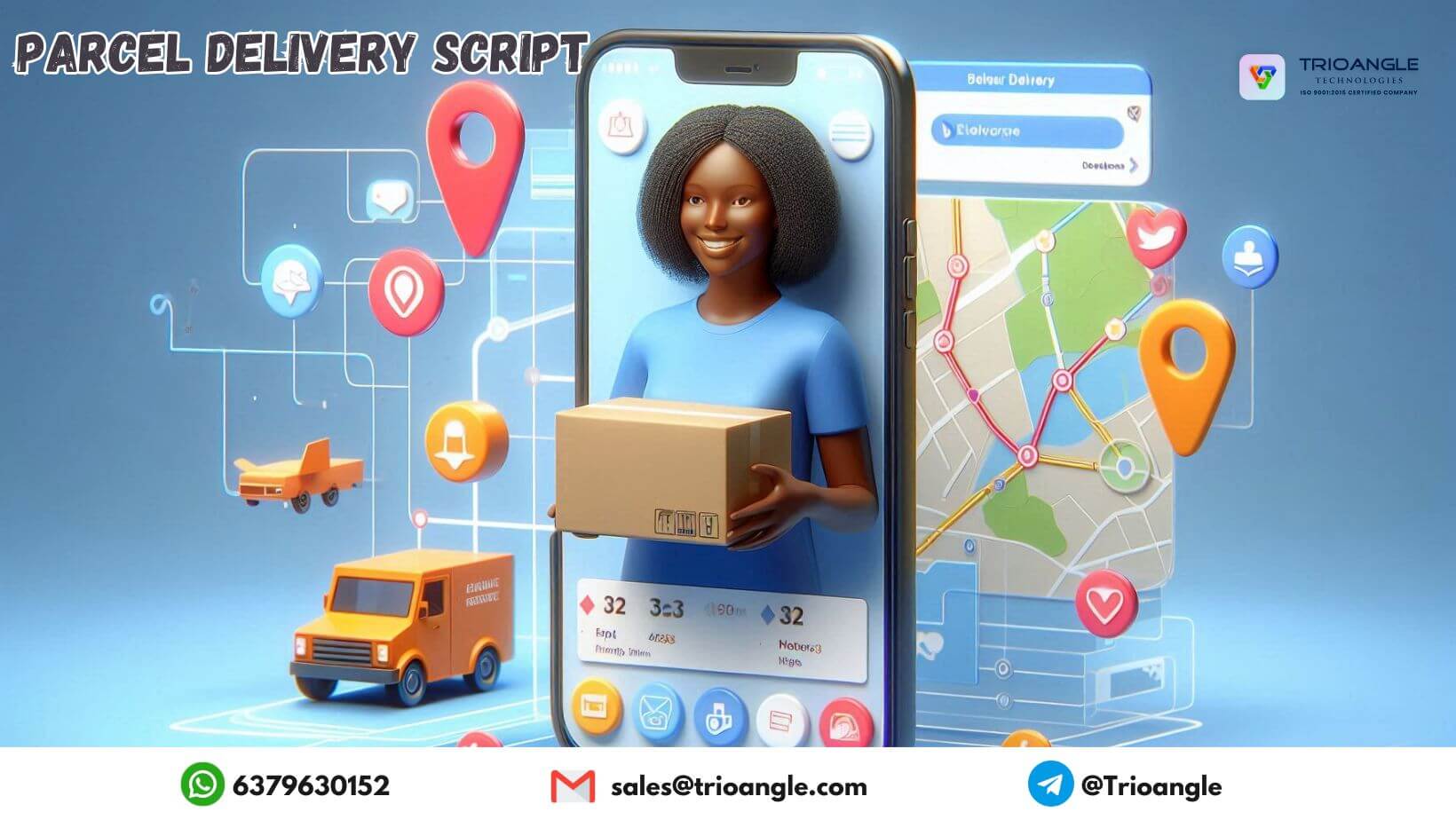How Developers are Powering the New Age of Digital Assets?
Exploring the critical role of software engineers in building the infrastructure behind decentralized ownership, token economies, and blockchain innovation.

The digital asset revolution is not just a trend—it’s a structural shift in how value, ownership, and information move across the internet. At the heart of this transformation are developers. These engineers, architects, and builders write the code that makes digital assets work—from token standards and smart contracts to user-friendly platforms that connect people with entirely new economies.
What is NFT Development?
NFT (non-fungible token) development refers to the process of creating and managing unique digital tokens on a blockchain. These tokens can represent artwork, collectibles, event tickets, virtual land, music rights, and more.
Each NFT is coded with a unique identifier, which ensures that no two NFTs are the same—even if they look identical. Developers use smart contracts to define the rules around these assets, such as:
- Who owns the NFT
- How it’s transferred or sold
- Whether royalties go to the original creator with each resale
NFT development involves writing smart contracts, often using Ethereum’s ERC-721 or ERC-1155 token standards. These contracts are deployed on-chain, allowing the NFTs to exist permanently on the blockchain.
What Are Digital Assets?
Digital assets refer to content and technologies that hold value and exist in digital form. These include cryptocurrencies, NFTs (non-fungible tokens), digital identities, virtual real estate, and tokenized versions of real-world assets. Their value comes from scarcity, ownership, utility, or all three. NFT software development plays a vital role in this ecosystem by enabling the creation, deployment, and management of unique digital tokens across various platforms and industries.
These assets live on decentralized networks like Ethereum, Solana, Avalanche, and others. Unlike traditional databases, these networks are open and secured by cryptography. Ownership of assets on them is recorded on a blockchain, which anyone can verify.
But for all of this to function properly, someone has to build the infrastructure. That’s where developers come in.
Developers: The Backbone of Digital Asset Innovation
Developers write the code that defines how digital assets behave. Every digital token, NFT, and decentralized application (dApp) depends on logic built by developers to operate securely and consistently.
They play several roles:
- Protocol developers write the base layer of blockchains.
- Smart contract developers define the rules that digital assets follow.
- Frontend and backend developers build interfaces and systems for users to interact with digital assets.
Whether it’s creating a new token standard, building a decentralized marketplace, or writing code for NFT royalties, developers shape every layer of the ecosystem.
Smart Contracts: Code That Executes Trust
One of the most important tools in this space is the smart contract. A smart contract is code that runs on a blockchain and automatically executes when conditions are met.
Smart contracts make it possible to create trustless systems—where two parties can transact without needing a third party to enforce the terms.
For example:
- In an NFT marketplace, a smart contract can ensure that a seller only gets paid when a buyer receives the digital item.
- In decentralized finance (DeFi), smart contracts allow for lending, borrowing, or earning interest without involving a traditional bank.
Developers write these contracts in specialized languages like Solidity (for Ethereum) or Rust (for Solana). They test and audit the code to make sure it behaves exactly as expected—because once deployed, it can’t be changed.
Developers Are Driving Use Cases Across Industries
Digital assets aren’t limited to cryptocurrency or collectibles. Developers are expanding their utility across many sectors.
Gaming and Virtual Worlds
In blockchain-based games and metaverse platforms, developers code in-game items as NFTs. These can be owned, traded, or used across multiple games. They also build logic that links ownership to a player’s wallet, allowing true ownership outside of the game developer’s control.
Real Estate and Tokenized Assets
Property can be tokenized into shares, enabling fractional ownership. Developers build platforms that handle the legal and technical parts—ensuring tokens match real-world assets and that all transactions follow regional compliance.
Media and Entertainment
Musicians, filmmakers, and writers can mint their work as NFTs and distribute it directly to their audience. Developers build the smart contracts and storefronts for creators to sell their work, receive payments in crypto, and even earn ongoing royalties automatically.
Supply Chain and Logistics
Developers write systems that track products through a supply chain, assigning digital tokens that represent each step. This creates transparent, tamper-proof records that can help with quality control, safety, and audits.
User-Friendly Platforms Start with Developer Ingenuity
While the backend logic is complex, developers also focus on usability. They create clean interfaces that hide the technical details but make interaction with digital assets easy for anyone.
They work with frameworks like React, Vue, and libraries such as Ethers.js or Web3.js to connect websites and apps to the blockchain. Wallet integration, token balance displays, NFT galleries, and transaction history dashboards all rely on these layers of development.
To reduce the barrier to entry, many developers create no-code or low-code tools that let users mint NFTs, deploy contracts, or create wallets with just a few clicks. These tools make digital assets accessible to artists, small businesses, and non-technical entrepreneurs.
Ensuring Security and Protecting Value
Security is one of the highest priorities for developers in the digital asset world. Vulnerabilities in code can result in major losses. High-profile hacks, often worth millions, underscore the importance of writing safe, audited, and efficient code.
Developers use testing frameworks to simulate thousands of transaction scenarios. They engage in peer reviews and open-source audits to catch issues early. Some even participate in bounty programs that reward security researchers for finding bugs.
Encryption, multi-signature wallets, and hardware wallet support are other developer-built features that protect digital asset ownership.
Collaboration, Open Source, and Community Contributions
The digital asset ecosystem thrives on collaboration. Many of the top blockchain projects are open-source, meaning anyone can contribute or build on top of them. This has created an environment where developers share ideas, fix bugs, and improve each other’s work.
Communities on GitHub, Discord, and crypto forums constantly share resources, libraries, templates, and best practices. Developers benefit from this collective progress, and the entire ecosystem moves forward together.
Hackathons and grant programs also reward developers who build tools, apps, or services that improve the utility of digital assets. It’s not uncommon for solo developers or small teams to launch projects that grow into major platforms within months.
Education and Entry Points for New Developers
The rise of digital assets has created a huge demand for developers. Many resources now exist to help coders get started in blockchain development.
Free courses, YouTube tutorials, online bootcamps, and documentation portals help newcomers learn the fundamentals of smart contract development, front-end dApp building, and cross-chain integrations.
Companies and protocols often offer grants or mentorship to developers who want to contribute to their ecosystems. As the digital asset space expands, developers with the right skills can shape meaningful products while building long-term careers.
Looking Ahead: The Next Chapter in Digital Ownership
Digital assets are moving into mainstream usage. As more people buy digital items, hold crypto, or interact with decentralized applications, the systems behind these actions need to be reliable, efficient, and scalable.
Developers will continue to lead this charge.
From Layer 2 scaling solutions to zero-knowledge proofs and decentralized identity systems, developers are crafting the next generation of tools. These innovations will push digital assets beyond finance and collectibles into areas like voting, healthcare, and education.
Final Thoughts
The rise of digital assets wouldn’t be possible without developers. They write the rules, design the systems, and ensure the safety of this new digital frontier. As demand grows for new applications of ownership and value, the developer’s role will only become more central.







